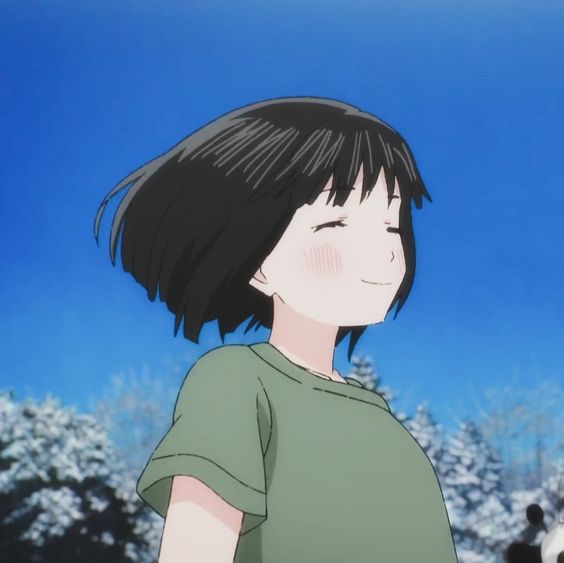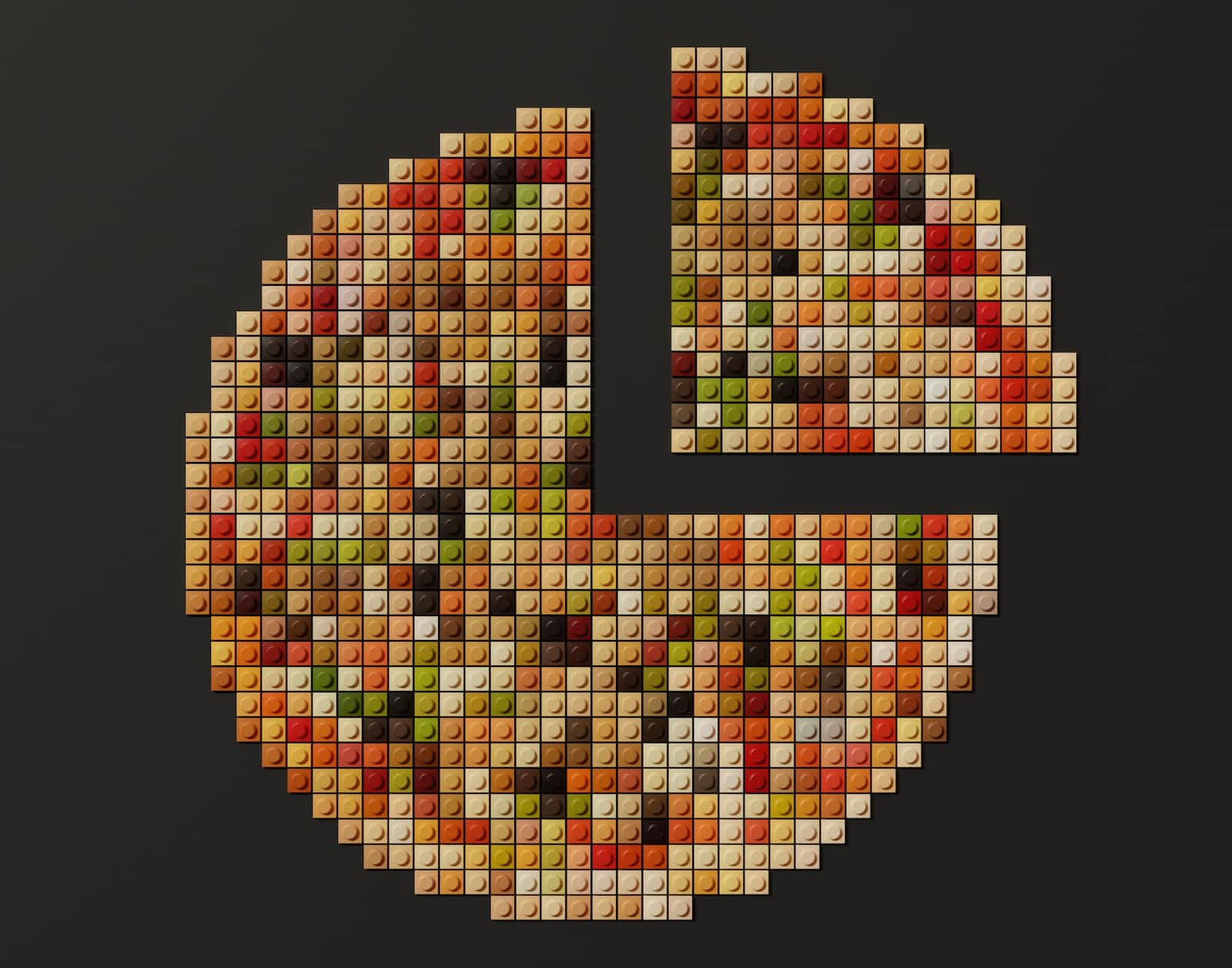Understanding Shaders in Computer Graphics
 Manashi Banerjee
Manashi Banerjee
Have you ever wondered how graphics on the web come alive, creating stunning visuals that immerse us in virtual worlds? Enter shaders, the secret sauce powering this graphic wizardry in WebGL. Let's dive into the world of shaders, breaking down their role and unraveling their magic.
What Are Shaders?
Think of shaders as mini-programs that work behind the scenes to paint the pictures and shapes you see on your screen when browsing the web. They're written in a special language called GLSL and act like artists, shaping every pixel and vertex to bring digital scenes to life.
Vertex Shaders:
Imagine building blocks forming a 3D shape on your screen. Vertex shaders are like architects who decide where each block goes and how they're positioned. They handle the 'skeleton' of objects, making sure they're in the right place and oriented correctly.
Fragment Shaders:
Now, let's talk colors and details. Fragment shaders are the painters; they determine the colors and textures of each tiny dot (or pixel) on your screen. They take cues from the architects (vertex shaders) to decide what colors go where and how light plays off every surface.
How Do They Work Together?
These shaders are like a tag team. The architects (vertex shaders) set the stage by arranging the building blocks (vertices), and then the painters (fragment shaders) come in to add colors and textures, making everything look real and vibrant.
What Do They Use?
Shaders are data-hungry! They gobble up information like vertex positions, transformation details (like moving, rotating, or resizing objects), camera settings, colors, textures, lighting, and more. This data helps them decide how to paint each pixel and place each object in the digital space.
Bringing Magic to Your Screen:
Shaders might seem like hidden wizards, but they're the reason we see breathtaking landscapes, lifelike characters, and stunning visual effects on websites and games. They work tirelessly behind the scenes, transforming code into captivating visuals that dazzle our senses.
In the realm of computer graphics, shaders are the magicians, turning raw data into captivating visuals that make our digital experiences richer and more engaging.
Understanding shaders helps us appreciate the creative power behind the scenes, shaping the visual wonders we encounter in the world of WebGL and beyond.
Written with the help notes from Three.js tutorials from Bruno Simon!
Subscribe to my newsletter
Read articles from Manashi Banerjee directly inside your inbox. Subscribe to the newsletter, and don't miss out.
Written by
